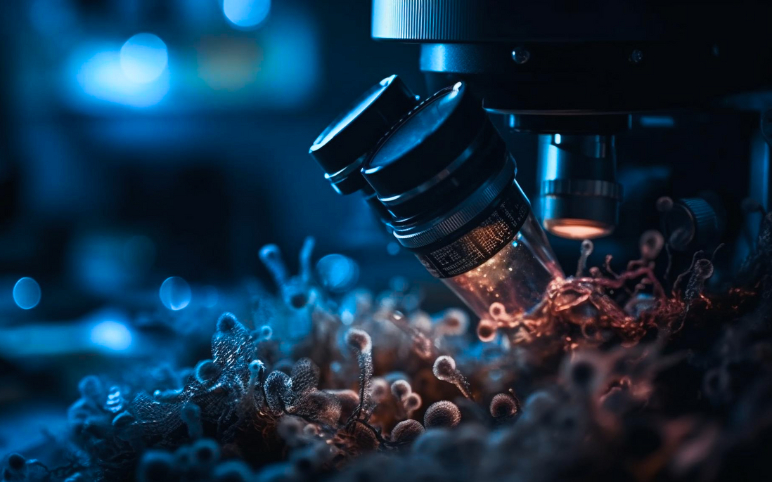Cancer, diabetes and eczema star in 2017 top-launch list
Launch prognostications are getting more attention than ever as they come out with “Drugs to Watch” list, and the highlights of different drugs shows what might work this year. By 2021, some of the drugs in the list are expected to bring in $16 billion, shared among Big Pharma and a few top biotechs. Some of the usual suspects are Roche’s Ocrevus; Sanofi and Regeneron’s Dupixent; AstraZeneca’s durvalumab; Novo Nordisk’s semaglutide; Tesaro’s niraparib, just approved as Zejula; Novartis’ LEE011, a.k.a. ribociclib, approved last month under the Kisqali brand name; and Kite Pharma’s KTE-C19, which could be the first-ever CAR-T therapy for cancer. Dupixent, approved last month for moderate-to-severe atopic dermatitis (eczema), came in second with $2.8 billion.
AbbVie’s Humira needs a discount, ICER says, warning Lilly, Sanofi to price with care
The best-selling drug in the world isn’t worth its current price—and isn’t as good at its job as two of its potential competitors. That’s the conclusion of the Institute for Clinical and Economic Review, a cost-effectiveness watchdog, which evaluated rheumatoid arthritis drugs and found AbbVie’s Humira wanting. AbbVie takes issue with the assessment, and it’s unlikely to have much impact on Humira’s hefty sales, at least for now. It might, however, affect pricing decisions on forthcoming novel meds—and the case for those novel meds with payers. It might also affect pricing on Humira biosimilars when they make their debut, and AbbVie’s competitive stance when that happens. Overall, ICER found that immune-modulating RA drugs, from TNF-alpha inhibitors onward, work better than older therapies such as methotrexate. Pricing, however, earned a lower grade under quality-adjusted life year (QALY) analysis.



